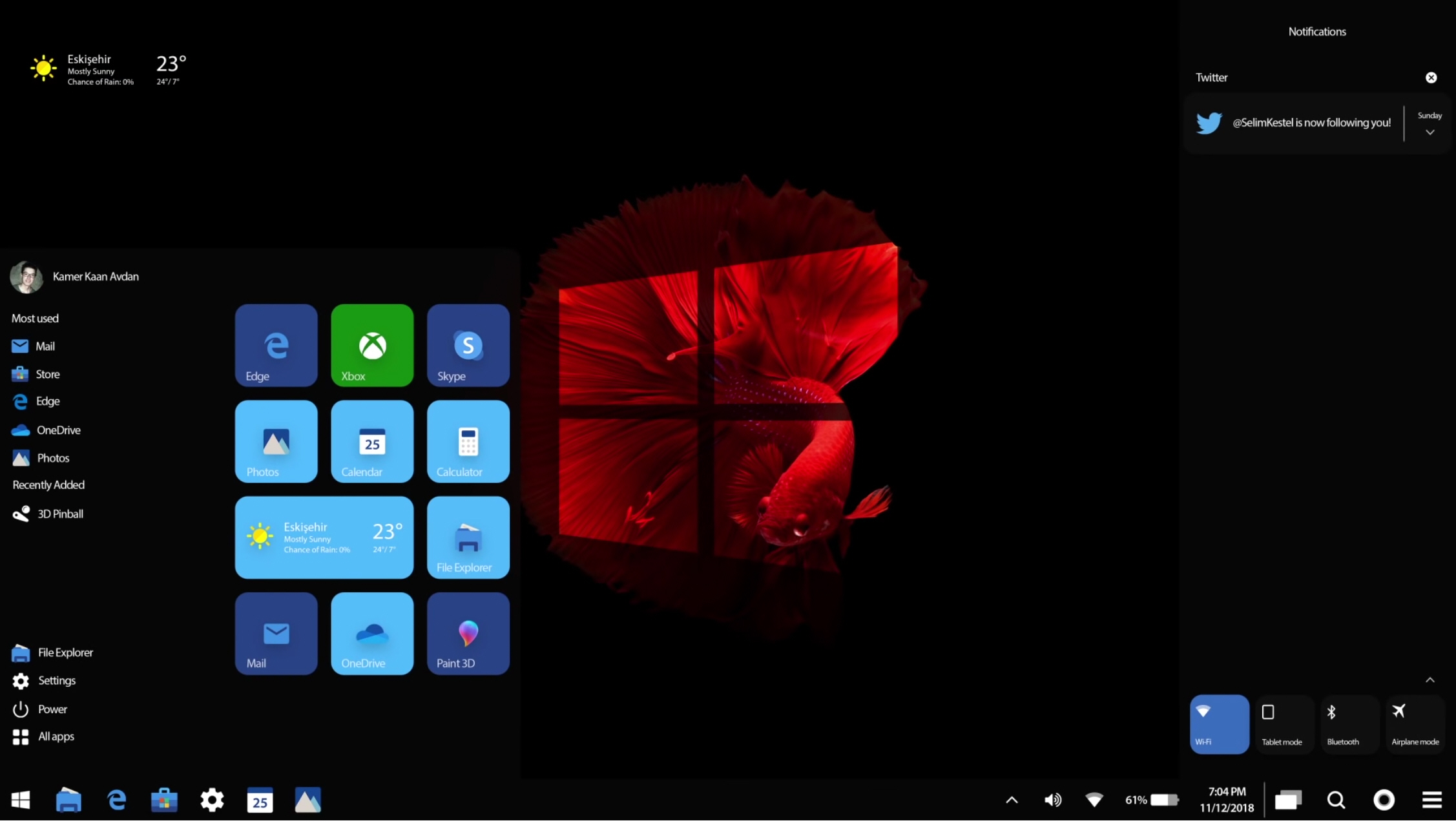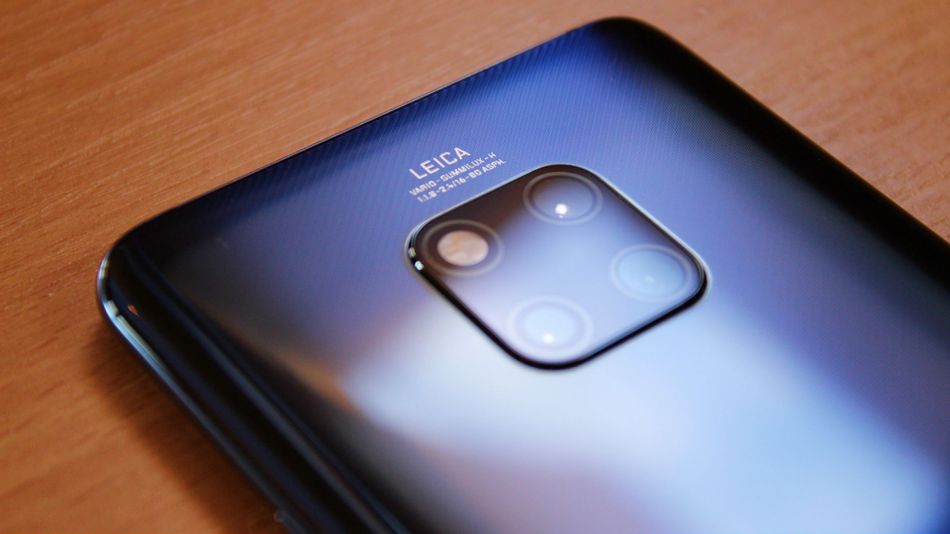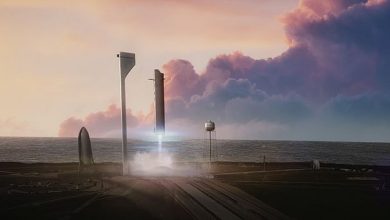
On April 10th, the first black hole photo in human history was announced. We have too many questions about black holes. In view of this, we have integrated some interpretations of the major authoritative media to answer your questions. The black hole belongs to a very strange celestial body. Even light can’t escape its gravitational restraint. Since the light can’t escape, it can’t be seen outside. Not to mention the naked eye, even a lot of scientific instruments on the tall, can not capture its figure.

1. What is a black hole? How is it formed?
The formation of black holes and the collapse of stars cannot be related. In ancient China, there was a record. One day, the sky suddenly popped up with a particularly bright star. Later, we realized that the star was collapsed because of its weight, and it was accompanied by strong radiation, and we saw the bright light it emitted.
2. When did the study of black holes begin?
More than a hundred years ago, Einstein proposed general relativity, combining time and space into a four-dimensional space-time, and proposed that gravity can be regarded as a distortion of time and space. This theory has made a number of important predictions, one of which is that when the mass of an object collapses, it can be concealed within the event horizon—in the “sphere of influence” of the black hole. The gravitation is so strong that even the light can’t escape.
In 1916, the German astronomer Carl Schwarzs obtained a vacuum solution of the Einstein gravitational field equation. This solution shows that if a large amount of matter is concentrated in space, it will produce a strange phenomenon around it, that is, at the particle point. There is an interface around it – once the “vision” enters this interface, even light can’t escape. This “unbelievable celestial body” was named “black hole” by American physicist John Archibald Wheeler.
3. How many types of black holes are there?
Divided by composition, black holes can be divided into two categories. One is a dark energy black hole, and the other is a physical black hole.
According to the physical properties, according to the physical properties of the black hole itself, angular momentum, charge division, black holes can be divided into four categories.
(I) Do not rotate uncharged black holes
(II) Do not rotate the charged black hole
(III) Rotating unpowered black hole
(IV) General black hole
(V) Double Star Black Hole
4. Why is the black hole photo red?
Black hole photos first appeared, many people are excited and confused at the same time? Say good is a black hole, why is the photo red? In fact, the black hole telescope collects not the daily visible light, but a sub-millimeter wave with a longer wavelength, which itself has no color difference. To put it bluntly, the red color of the photo is the effect of post-processing, and you can also understand it as a kind of “scam”.
5. Is the photo of the black hole so obscure?
A black hole is mysterious, but its photo is the same as the resolution of an optical photo, rooted in resolution. Although our current sub-millimeter telescope has reached a baseline of 10,000 kilometers, the spatial resolution has just reached the size of the black hole interface, so in the limited area observed by scientists, it is equivalent to only a few pixels. In the real world, we can only see a few bright spots on the accretion disk in the photo.
6. Which black hole was taken this time?
The first announcement of this is the photo of the galaxy M87. Don’t worry, the black hole photo in the center of the galaxy is still in data processing.
Beginning on April 5, 2017, an International Horizon Telescope (EHT) began to observe two special celestial bodies: 25,000 light years from Earth, at the core of the Milky Way, Sagittarius A, and 53 million light years from Earth. M87 Virgo Nebula. The target of observation is not a conventional celestial body, but two suspected supermassive black holes. The black hole is exposed to the human retina like never before.
7. Why did the photo rinse for 2 years?
The visual interface telescope began to take photos of the black hole in 2017. It was only released in 2019, and it took two years to wash this “high-gray” photo. First of all, the amount of data observed by the telescope is very large. It is naturally very difficult to process these data. Secondly, the black hole is too “naughty”. The nearby gas is in an extreme environment, and its movement has a lot of uncertainty. At the same time, Our scientists are very rigorous. At the time of final data processing, scientists are separately processed and verified separately in two different places. This counts down and it takes a lot of time.
8. Why can I take photos of black holes that don’t shine?
The most impressive impression of the black hole is the “battle” but a mysterious existence. It is said to be “baze” because it can engulf any substance in the immediate vicinity.
If it’s just a solitary black hole, we really can’t take a black hole photo. But usually there is material around the black hole, forming a disk-like structure called “accumulation plate.” The material in the accretion disk rotates around the black hole at high speed, rubbing against each other and emitting a glowing glow, including continuous radiation from radio waves to visible light to the X-ray band, which can be escaped to distant locations and detected by us.
Therefore, what we photographed is not the black hole itself, but the outline of the black hole outlined by the radiation from the material on its boundary.
9. What is the artifact of the “Event Vision Telescope” for taking photos of black holes?
In order to observe the physical processes on the edge of the black hole horizon, astronomers used eight millimeter/millimeter-wave radio telescopes distributed around the world. These telescopes form a virtual telescope with a caliber close to the whole earth. This virtual telescope is called For the “Event Vision Telescope.”
Among the eight radio telescopes, the Atacama Large Millimeter Wave Array (ALMA) is the most powerful! With a cost of $1.4 billion, ALMA is one of the most expensive ground-based telescopes available today. If there is no ALMA to join, observing the black hole’s horizon is simply an impossible task.
10. Why is it only the “Event Vision Telescope” that can shoot black holes?
Since the black hole in the center of the galaxy is blocked by thick interstellar dust and gas, the optical band telescope is powerless and can only use the radio band. The millimeter wave is already the lower limit of the wavelength used by the radio telescope, and it has been bordered by infrared rays on the electromagnetic spectrum. In order to be able to observe the behavior of matter in the black hole horizon, the Event Vision Telescope has increased the resolution of the radio telescope to an unprecedented height, to the extent of 10 to 20 micro-angle seconds! This is equivalent to seeing the date of issue on coins 4,000 kilometers away. That is to say, the resolution of the event vision telescope is thousands of times that of the Hubble telescope.












